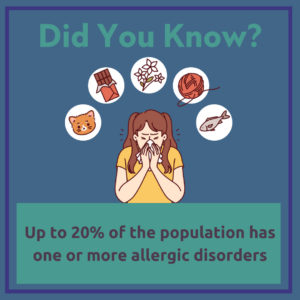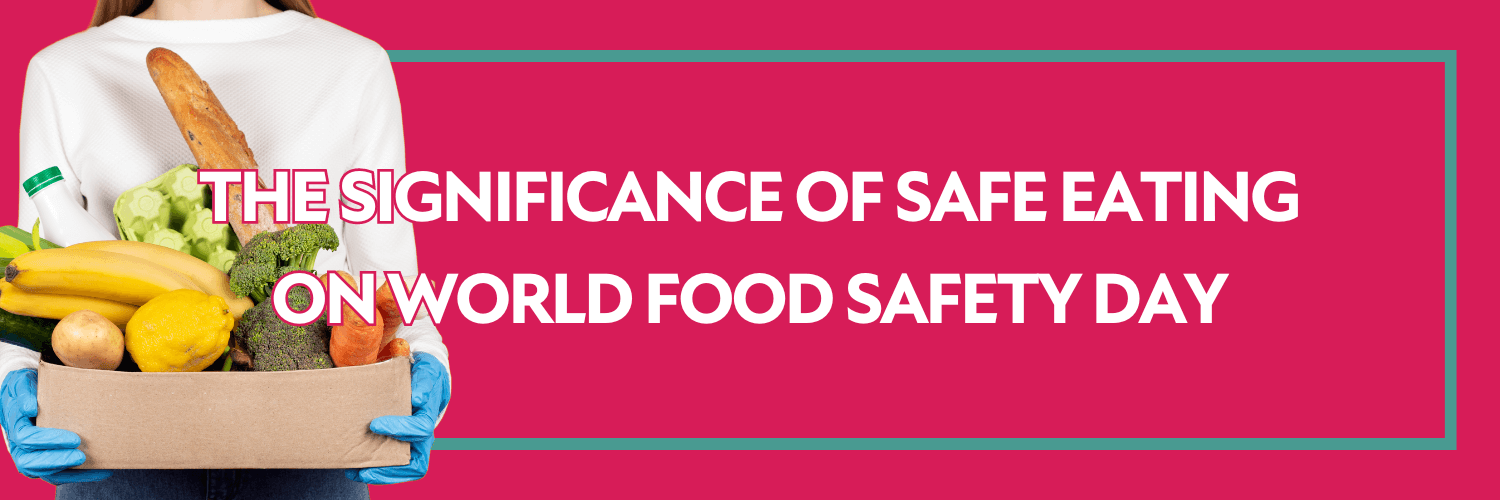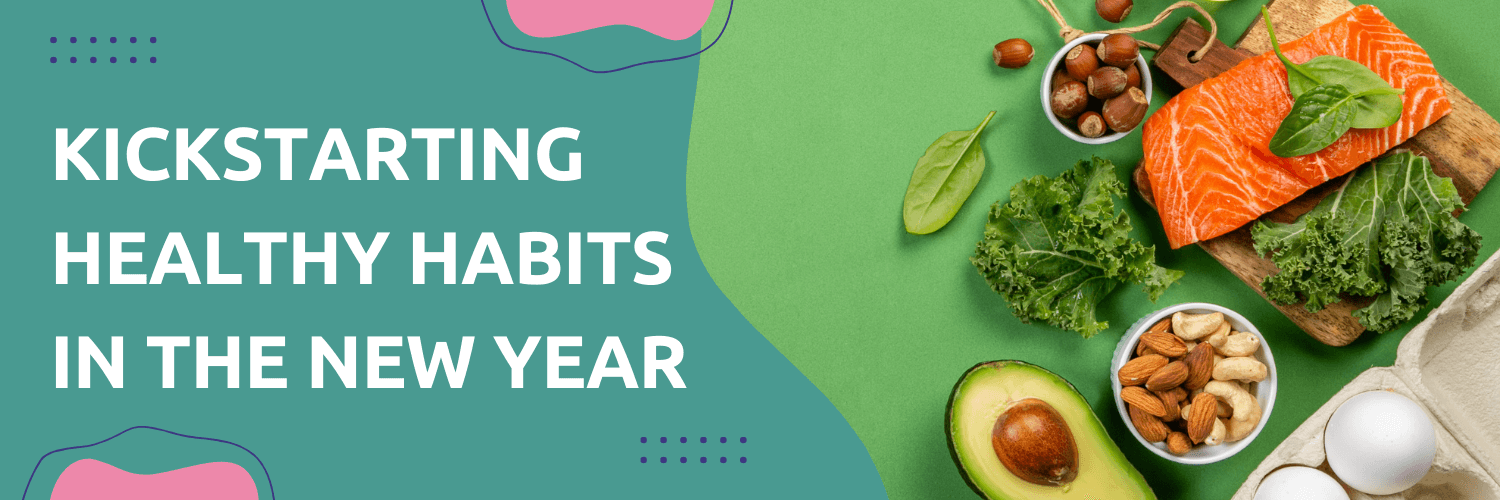World Food Safety Day is here. On 7 June 2024, various organisations, charities, and nonprofits will raise awareness about the dangers of food worldwide. Usually, this means highlighting the problems of bacterial, viral, and parasitic contamination of food alongside harmful chemicals.
But safe eating goes beyond contaminated food. In the West, our diets are pumped with chemicals, with Ultra-Processed Foods (UPFs) becoming the norm. There’s also been a surge in cases of allergy and intolerance. According to Allergy UK, up to 20% of the population has one or more allergic disorders – the highest prevalence rates in the world.
So, this World Food Safety Day, we’re covering the food allergy and intolerance epidemic, exploring how it should influence your view of safe eating.
What We Mean By Safe Eating
Safe eating is more than just cooking chicken correctly or using different chopping boards for different ingredients. In Western nations, the risks of contamination or infectious disease from food have been mainly eliminated. If a case of food poisoning does occur, a simple call to the authorities can get a restaurant shut down faster than you can say “salmonella.”
So, what do we mean by safe eating?
Ultra-Processed Foods
Safe eating is about making informed choices about the ingredients and processes involved in our meals. It’s about understanding the broader implications of dietary habits on health, particularly with the rise of Ultra-Processed Foods (UPFs).
Such foods contain numerous additives and preservatives. This chemical cocktail does unknown damage to your health, contributing to non-communicable diseases like diabetes and heart disease. It may also trigger inflammation, increasing the likelihood of a food reaction.
Increasing Allergies
Allergies kill. While most allergic reactions are treated with an antihistamine, some people enter anaphylactic shock. After a few minutes, the risk of death spikes. Between 2013 and 2019, hospital visits for children caused by anaphylaxis rose by 72% in England. Even in less severe cases, the symptoms can be debilitating.
Whereas, for food intolerances, constantly dealing with symptoms such as brain fog, fatigue, headaches, skin rashes, muscle aches, or gastrointestinal discomfort can make life an ongoing challenge. It’s like walking through treacle.
Safe eating, in this context, means avoiding the foods that trigger your symptoms.
Food Allergies and Intolerances
Okay. So, food allergies and intolerances are on the rise. Eating safely involves identifying any reactions to food and eliminating the culprits from your diet. But what even is an allergy or intolerance?
A food allergy occurs when the body wrongly flags a food as a foreign invader. Your immune system launches a defence, flooding the body with histamine. This results in itching, hives, redness, swelling, and other common symptoms. As mentioned, in extreme cases, this can lead to anaphylaxis.
On the other hand, a food intolerance refers to either the inability to digest certain foods or a milder immune response to the food (where symptoms evolve over 24-48 hours). Sometimes, this is referred to as a food sensitivity.
Getting Tested and Managing Your Diet
Getting tested and managing your diet are crucial steps in addressing food allergies and intolerances, especially in the context of safe eating. To effectively manage these conditions, it is important to accurately identify the specific foods that cause adverse reactions. This is where undergoing specific allergy tests becomes essential.
Allergy Testing
For those suspecting a food allergy, an antibody allergy test for IgE (Immunoglobulin E) is a common approach. IgE antibodies are typically involved in immediate allergic reactions, which can range from mild itching to severe anaphylaxis. A healthcare professional can conduct a blood test to measure your IgE levels in response to particular foods, helping to pinpoint your allergies.
In cases of suspected food intolerance or a delayed-type allergy, testing for IgG4 (Immunoglobulin G4) antibodies might be recommended. Unlike IgE, IgG4 responses can be slower and less acute but can still significantly affect your well-being.
This test assesses your immune system’s response to various foods over a longer period, which can be crucial for identifying foods that cause chronic symptoms like gastrointestinal distress, headaches, or skin issues.
Managing Your Diet
Once you’ve identified your allergies or intolerances, the next step is to manage your diet effectively. We recommend the following steps:
- Elimination Diet: Start by strictly avoiding all identified allergens for a period, typically a few weeks to a few months. This helps clear your system and see if symptoms improve.
- Reintroduction Phase: Gradually reintroduce foods one at a time under controlled conditions to monitor for any adverse reactions. This phase helps to confirm the allergens and assess tolerance levels.
- Balanced Nutrition: Consult with a dietitian to ensure that your modified diet does not lead to nutritional deficiencies. This is particularly important if major food groups are eliminated.
Get Allergy Tested on World Food Safety Day
Not sure if you have an allergy or intolerance. That’s where our Combined Allergy & Intolerance test comes in. It screens for 88 common allergens and food intolerance items, providing a comprehensive analysis. Simply purchase a test, send us a small blood drop sample, and let us perform a thorough investigation. You’ll receive your results within 7 days.
Buy your Allergy & Intolerance Test this World Food Safety Day!





